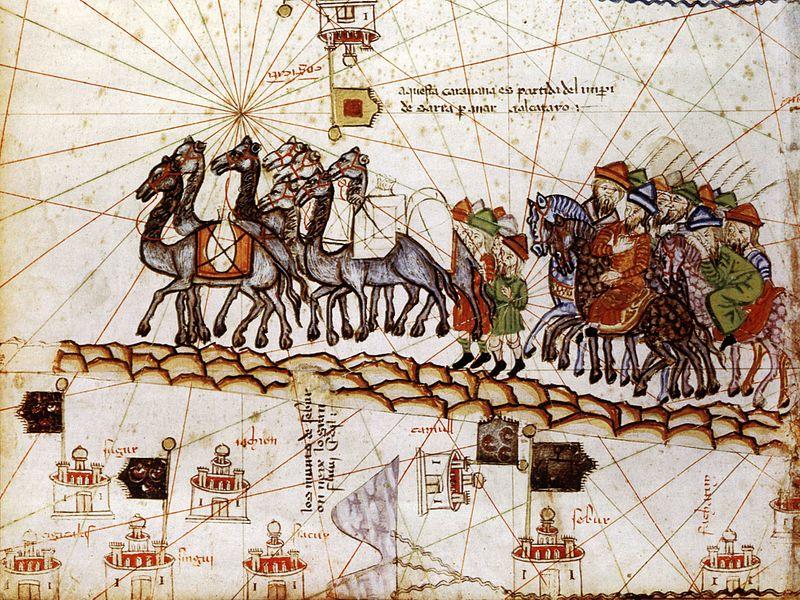Travel and Trade in the Medieval World

The allure of riches, the spiritual cleansing of penance, and the hard work of embassies and diplomats: these are the reasons for which people moved across the medieval world. By examining accounts and evidence of travellers and traders we will analyse their motivations and aspirations and the ways in which the written record shaped and preserved events and experiences. The sources to be considered in this paper are many and varied. From antiquity, medieval authors inherited a tradition of travel-writing, from Herodotus to Pausanius. We will look at narrative accounts of travellers and compare how they relate to pre-existing literature and to the geography of the places visited, to see the ways in which accounts combined observation with learned views of territories, especially Biblical places. We will also look at records from traders and commercial agents to examine the systems of exchange and consider what was traded, by whom and how often, how traders explained their travels, and what role the written word played in commerce. We may turn to consider the material record and look at inscriptions of ‘foreigners’ or coinage which facilitated trade; the medieval coin collections of the Fitzwilliam offer opportunities to handle medieval coins and consider how money moved along with goods and people in the middle ages. Each of the four sessions will comprise two student presentations and detailed discussion of primary sources (which students prepare in advance) and seminar discussion of the themes uniting them. In this way students will work intensively with source material (in English translation) and develop familiarity with genres and formats of medieval texts, and they will investigate the claims and realities of these sources against the backdrop of the changing world of the early middle ages.
Image: Illustration from the Catalan Atlas (1375) of a caravan on the Silk road.
